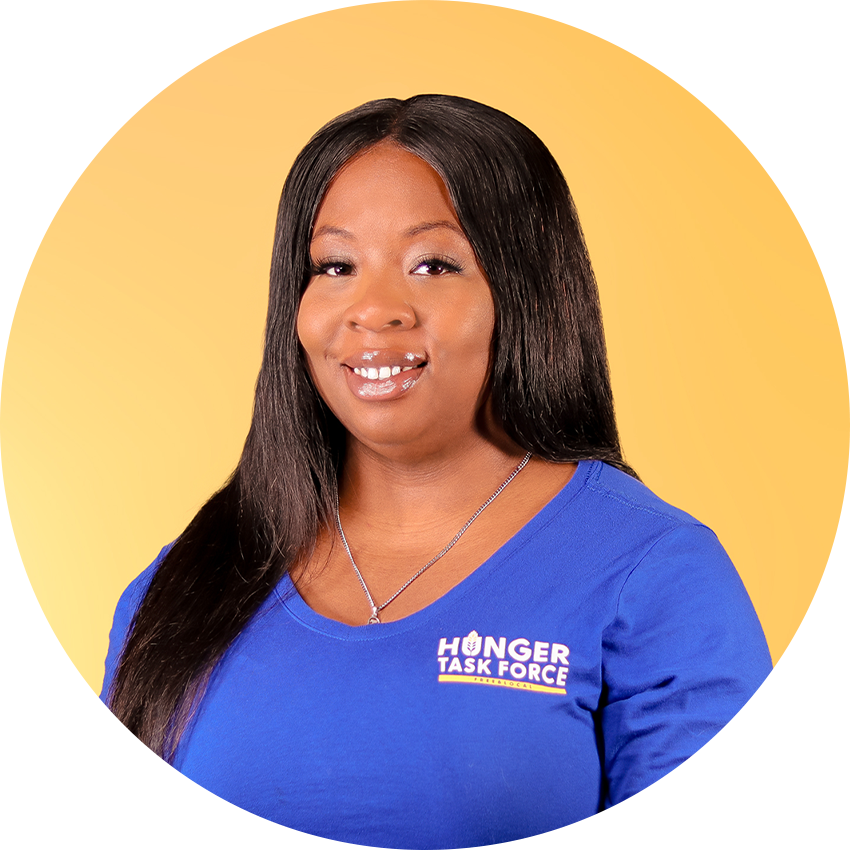Food Storage & Safety

Smart Storage & Food Safety: Keep Your Family Healthy
Proper food storage and safe handling are essential to keeping your family healthy, reducing food waste and making the most of your grocery budget. This guide breaks down simple, effective steps for clean kitchens, safe cooking, smart thawing and understanding food labels—helping you store and prepare food with confidence!
Keeping It Clean: The First Step to Food Safety
Why It Matters: Clean hands, surfaces and storage areas are your first defense against harmful bacteria that can make your family sick. A clean kitchen keeps germs away from your food and ensures meals are safe to eat.
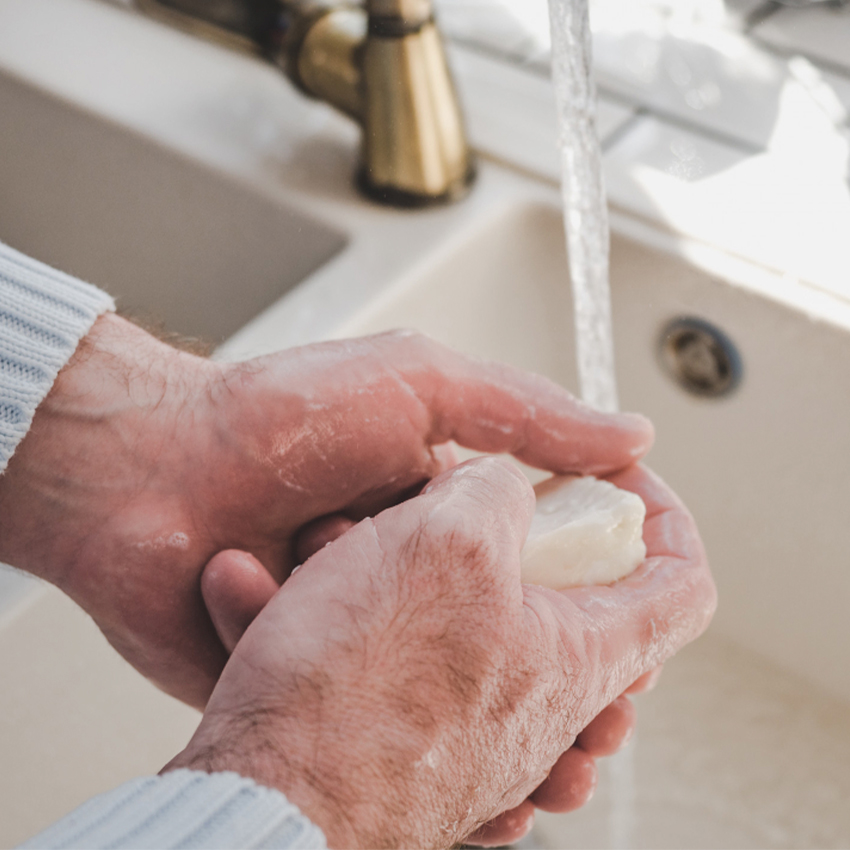
Clean Hands & Surfaces
✅ Wash hands with soap and water for at least 20 seconds before and after handling food.
✅ Clean and sanitize kitchen surfaces regularly, especially after handling raw meat, poultry, seafood and eggs.
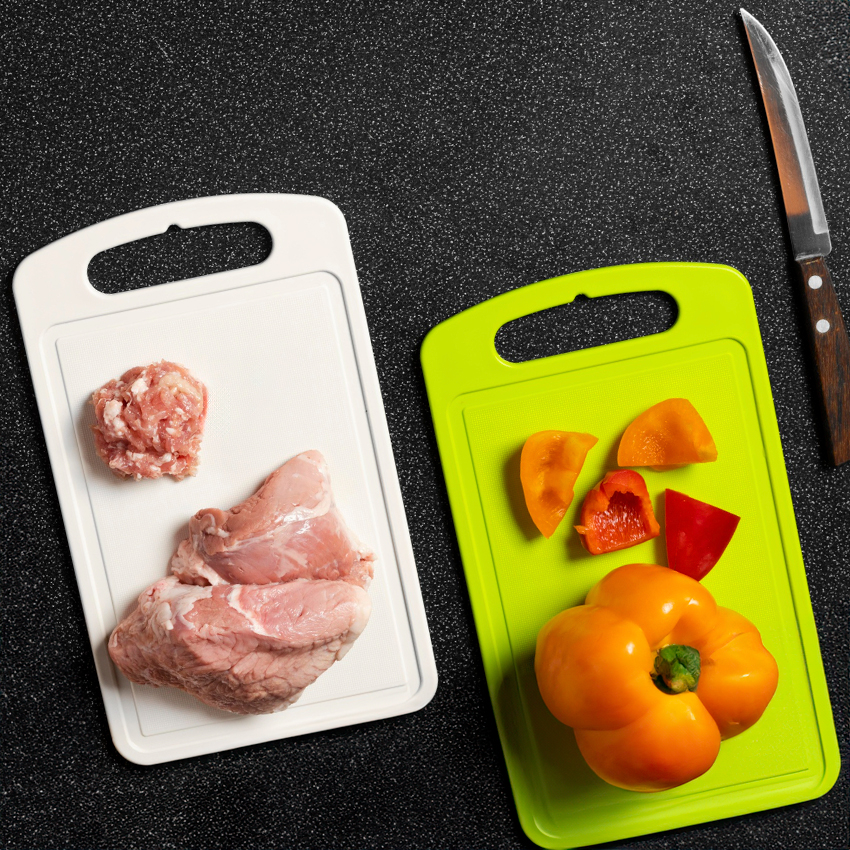
Avoid Cross-Contamination
✅ Store raw meats separately from ready-to-eat foods.
✅ Use different cutting boards for meats and vegetables.
✅ Keep storage containers clean and properly labeled.
Helpful Resources:
VIDEO: How Does Cross-Contamination Happen?
WEBSITE: Grilling Food Safely
Safe Thawing: Defrost with Care
Why It Matters: Thawing food the wrong way can allow harmful bacteria to grow rapidly, putting your health at risk. To keep your meals safe and fresh, always thaw food using safe methods. It’s a simple step that helps protect you and your family from foodborne illness.
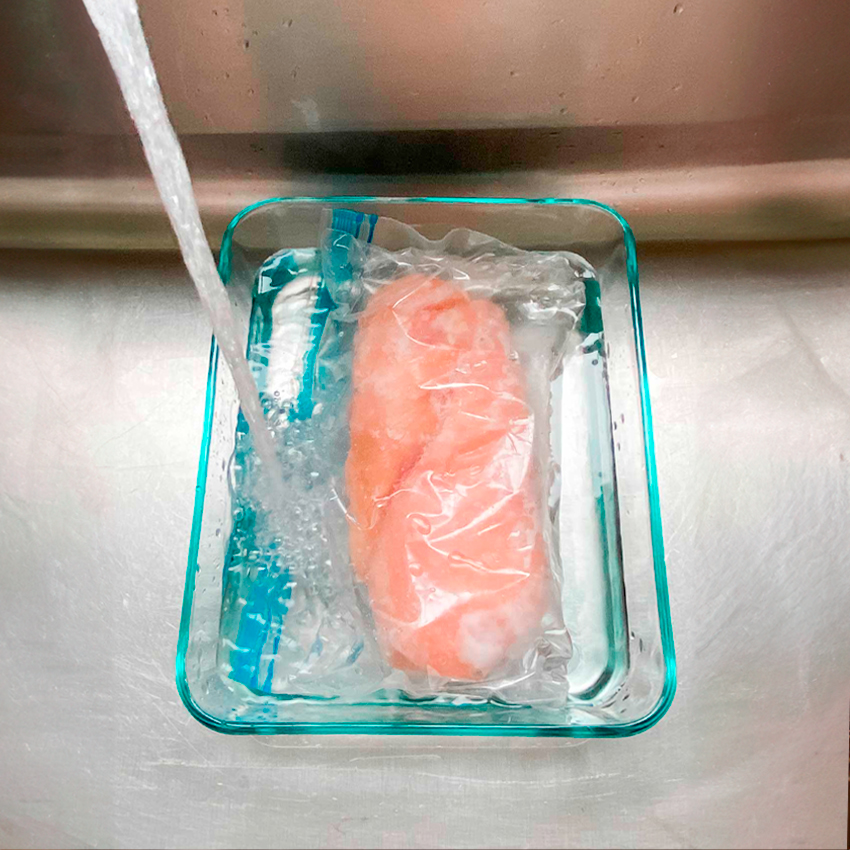
Safe Ways to Thaw:
🧊 In the refrigerator: Best method; thaw overnight.
🚿 Cold water bath: Submerge food in cold water, changing the water every 30 minutes.
🔄 Microwave: Use the defrost setting and cook immediately.
🚫 Never thaw food on the counter!
When there is not enough time to thaw frozen foods, or you’re simply in a hurry, remember it is safe to cook foods from the frozen state. The cooking will take approximately 50% longer than the recommended time for fully thawed or fresh meat and poultry.
Understanding Food Labels: Reduce Waste & Save Money
Confused by the dates on food labels? You’re not alone. Many of the dates you see—like “best by,” “sell by” or “use by”—are guidelines for peak quality, not safety. Understanding these labels helps you make informed choices, reduce food waste and save money. Safe food handling is just as important: always store foods at the right temperature, check packaging for damage and follow safe preparation and cooking practices. When in doubt, trust your senses—look for signs of spoilage like unusual odors, colors or textures. Reading food labels wisely is a key part of keeping your meals safe and your budget on track.
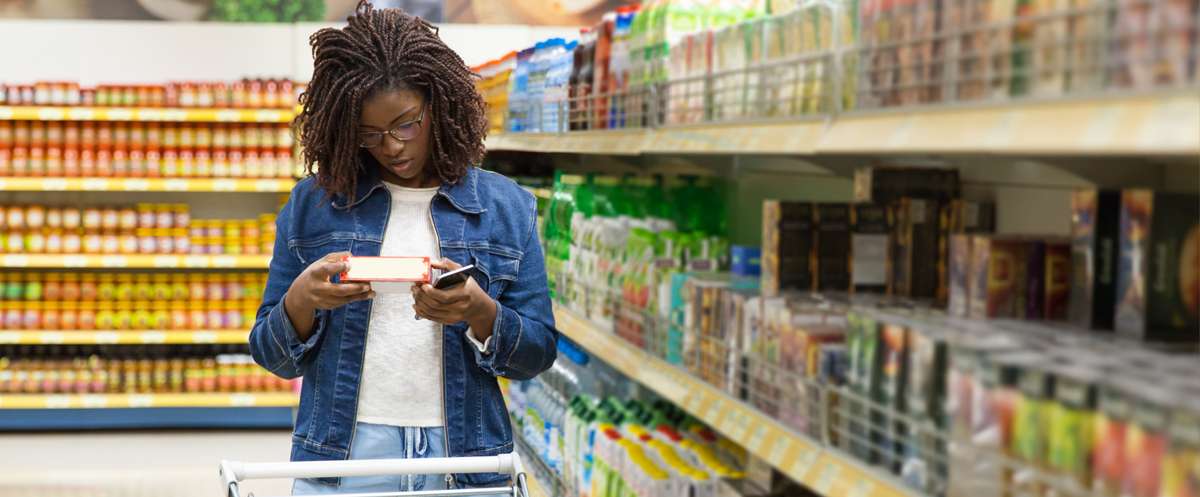
What the Dates Mean:
📅 Best if Used By/Before: Best flavor/quality, not safety.
🏪 Sell By: For store inventory; not a safety date.
⏳ Use By: Best quality; only a safety date for infant formula.
❄️ Freeze By: When to freeze for best quality.
Seeing a “Best if Used By” date on meat, poultry or eggs? Good news: this date is about quality, not safety. While these dates help ensure you enjoy food at its freshest, most products are still safe to eat after the date if they’ve been properly stored and handled. By learning how product dating works, you can confidently reduce food waste, stretch your grocery budget and keep meals safe and delicious!
Cooking to Proper Temperatures: Cook Smart, Eat Safe
Why It Matters: Cooking food to the right temperature kills harmful bacteria and keeps your meals safe to eat. Whether you’re grilling, baking or reheating leftovers, using a food thermometer is the best way to be sure.
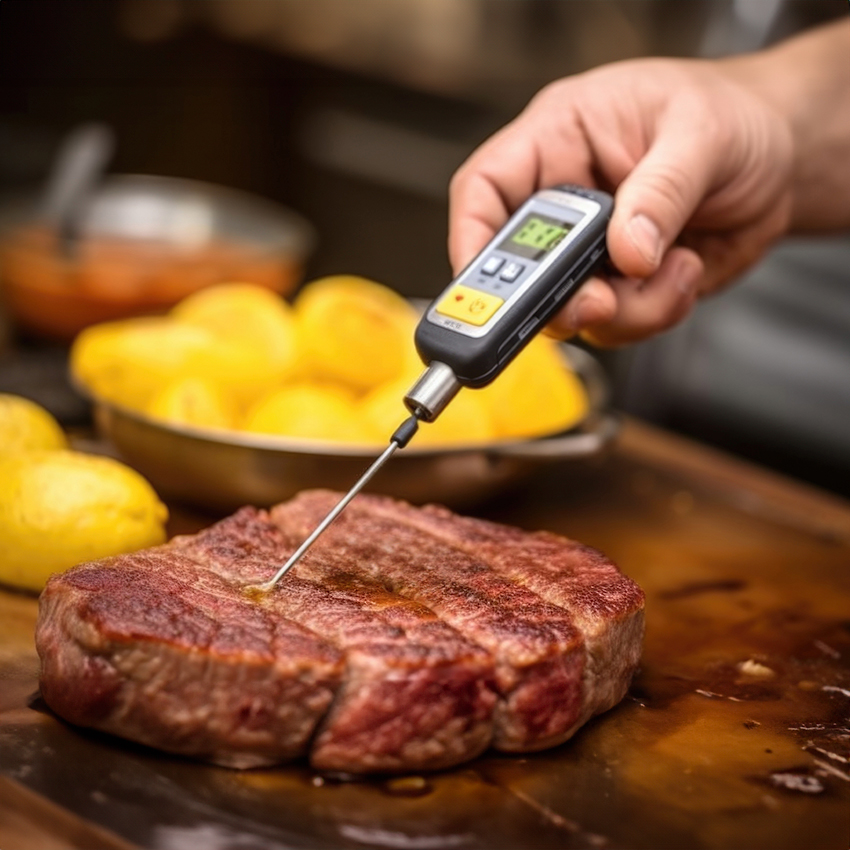
Safe Cooking Temperatures:
🍗 Poultry: 165°F
🥩 Ground beef: 160°F
🦃 Ground turkey: 165°F
🐟 Seafood: 145°F
🍲 Leftovers: 165°F
A meat thermometer is your best friend in the kitchen! Cook food to the right temperature to keep your meals safe and delicious. Refrigerate leftovers within 2 hours and eat within 3–4 days.
CONTACT US!
